The United States has finalized a trade agreement with Japan, establishing a 15% baseline tariff on most Japanese goods, including automobiles, following months of negotiations. The executive order, signed Thursday by President Donald Trump, outlines tariff measures, investment commitments, and expanded market access across multiple industries.
Agreement Framework
The trade pact, first announced in July, includes Japan’s commitment to invest $550 billion in U.S.-selected projects and expand imports of American goods such as corn, soybeans, bioethanol, and rice. In addition, Tokyo pledged to procure U.S.-manufactured commercial aircraft and defense equipment.
Under the agreement, the U.S. will implement a uniform 15% tariff on nearly all Japanese imports. Specific provisions apply to automobiles and parts, aerospace products, generic pharmaceuticals, and natural resources. Certain tariff adjustments will apply retroactively to goods imported after August 7, 2025, while automobile tariff relief is scheduled to take effect after seven days.
Impact on Industries
The auto industry is expected to experience significant pressure. Toyota recently projected a $10 billion impact on its sales to the U.S., citing tariffs as a major factor in revising its full-year profit forecast downward by 16%. Other automakers, including Ford and General Motors, have also reported anticipated multi-billion-dollar declines in annual profits due to shifting trade conditions.
Japanese Response
Japan’s chief trade negotiator, Ryosei Akazawa, delivered a letter from Prime Minister Shigeru Ishiba inviting President Trump to visit Japan, according to reports from Kyoto News. Akazawa had previously postponed a U.S. visit while negotiations continued over technical issues.
Political Context in Japan
The finalization of the agreement comes as Prime Minister Ishiba faces growing domestic political challenges. The ruling Liberal Democratic Party (LDP) recently released a report attributing its upper house election losses to limited voter appeal on economic measures, political controversies, and weak engagement with younger voters.
Local reports indicate some senior party members have expressed concerns about Ishiba’s leadership, with discussions underway about the possibility of advancing a leadership election. Analysts at Eurasia Group suggested that Ishiba faces a 60% chance of defeat if an internal vote is held, with mounting pressure that could lead to his resignation.
Significance
The U.S.–Japan deal underscores the continuing shifts in global trade dynamics, particularly in the automotive and agriculture sectors. With tariffs reshaping supply chains and market competitiveness, both governments will monitor implementation closely in the months ahead.
#SupplyChainNews #Tariffs #TradeAgreements #GlobalTrade #MarketUpdate

















